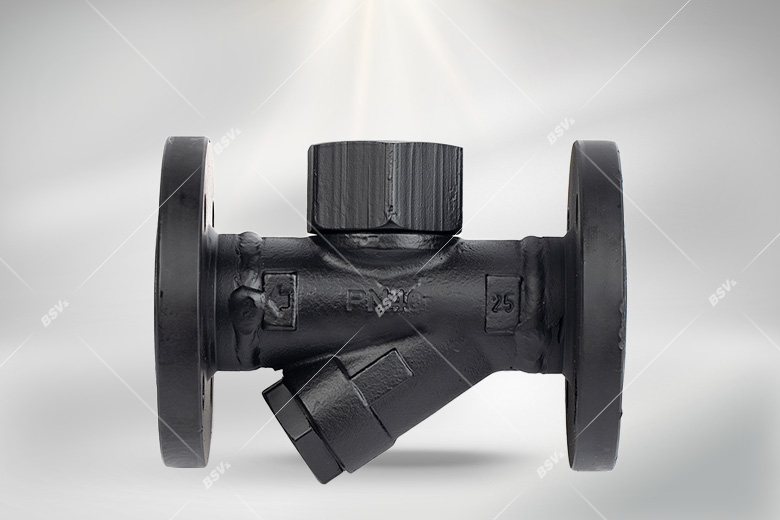Release time:2025-07-30Clicks:
Steam traps are critical components in steam systems, ensuring that condensate and non-condensable gases are efficiently removed while preventing the loss of live steam. When these devices malfunction, it can lead to energy loss, production downtime, and even costly repairs. In this comprehensive article, Lishui BSV Valves Supplier (hereafter referred to as BSV valves) provides practical troubleshooting tips and industry insights to make steam trap maintenance straightforward and effective.
Steam traps are automatic valves that discharge condensate and gases from the steam system while retaining the steam itself. They are found in various applications, including power generation, petrochemicals, food processing, and HVAC systems. The efficiency of a steam system depends largely on the proper functioning of its steam traps.

BSV valves recommends the following systematic approach to troubleshooting steam traps:
Side-Entry Floating Ball Valve
Thermal Steam Trap
The global demand for efficient steam systems is rising, especially in industries focusing on energy conservation and sustainability. Modern steam traps, such as those supplied by BSV valves, are designed with advanced materials and smart monitoring capabilities. This not only improves reliability but also reduces maintenance costs and downtime.
One notable trend is the integration of pneumatic actuators and electric actuators with steam traps and control valves. Pneumatic actuators are widely used for their fast response and reliability in harsh environments, making them ideal for steam applications. Electric actuators, on the other hand, offer precise control and are increasingly used in automated systems that require remote monitoring and adjustment. BSV valves offers both types of actuators, ensuring compatibility with a wide range of industrial steam systems.
Regular inspection and proactive maintenance are essential for maximizing the lifespan and efficiency of steam traps. BSV valves recommends implementing a scheduled maintenance program that includes:
Adopting these best practices not only reduces the risk of unexpected failures but also supports compliance with industry regulations regarding energy efficiency and safety.
One of BSV valves’ food processing clients faced frequent steam trap failures, leading to inconsistent heating and increased energy bills. By partnering with BSV valves, the company implemented a comprehensive audit, upgraded to modern traps with electric actuators, and established a routine maintenance schedule. The result was a 20% reduction in energy consumption and improved process reliability, demonstrating the value of expert support and high-quality products.
Troubleshooting steam traps doesn’t have to be complicated. By following a systematic approach and leveraging the expertise of trusted suppliers like Lishui BSV Valves Supplier, industries can ensure optimal steam system performance, energy savings, and reduced downtime. Whether you require robust pneumatic actuators for demanding environments or precise electric actuators for automated systems, BSV valves offers solutions tailored to your needs.
For more information or to consult with a steam system expert, contact BSV valves today and take the first step toward reliable and efficient steam trap management.